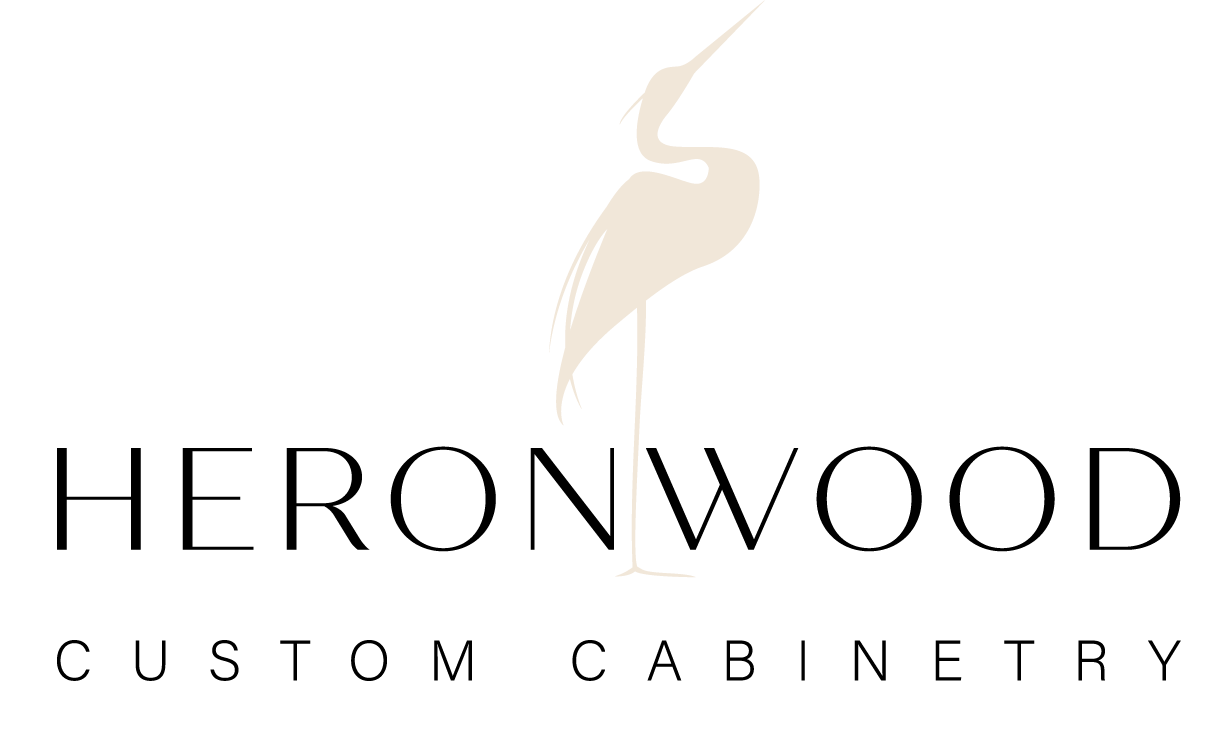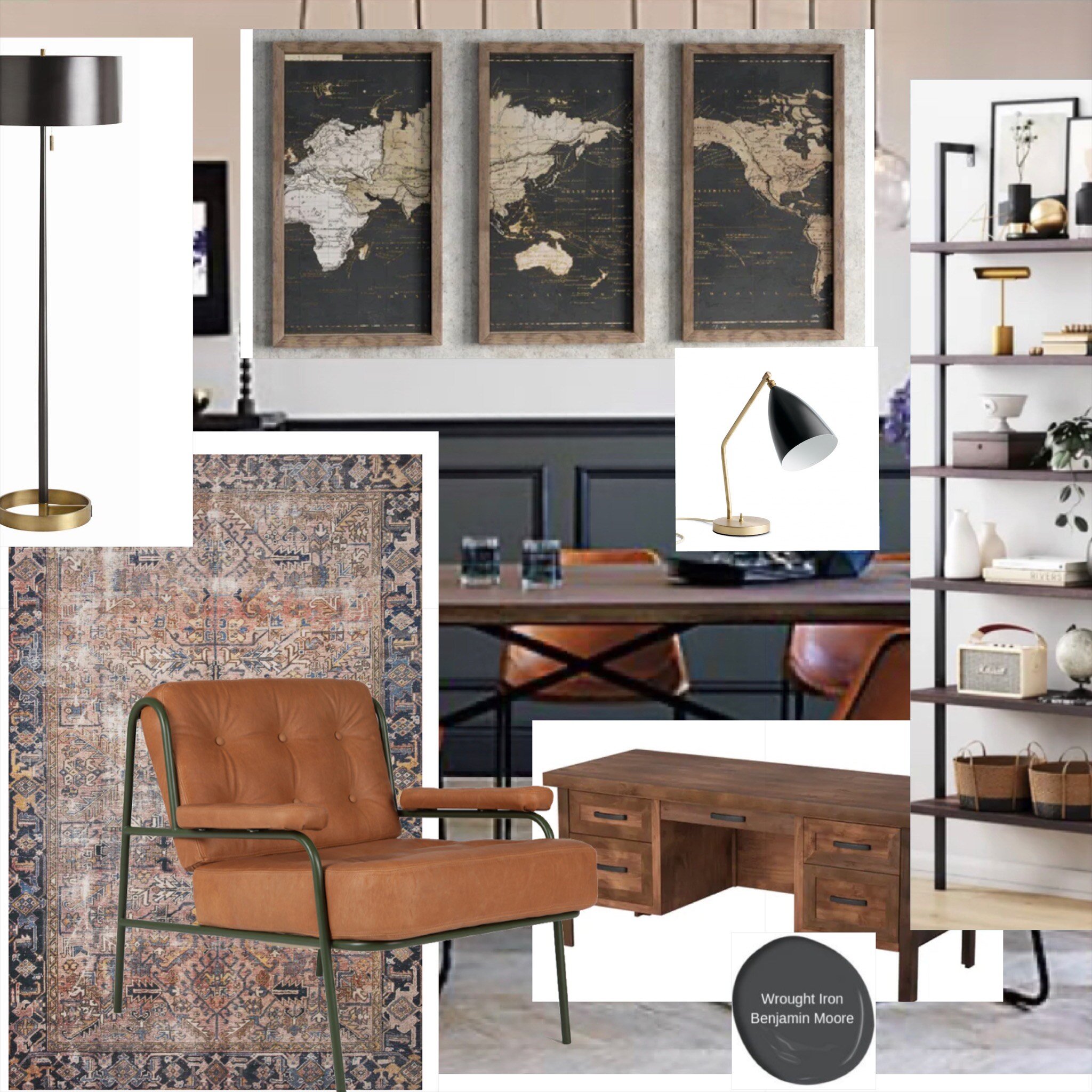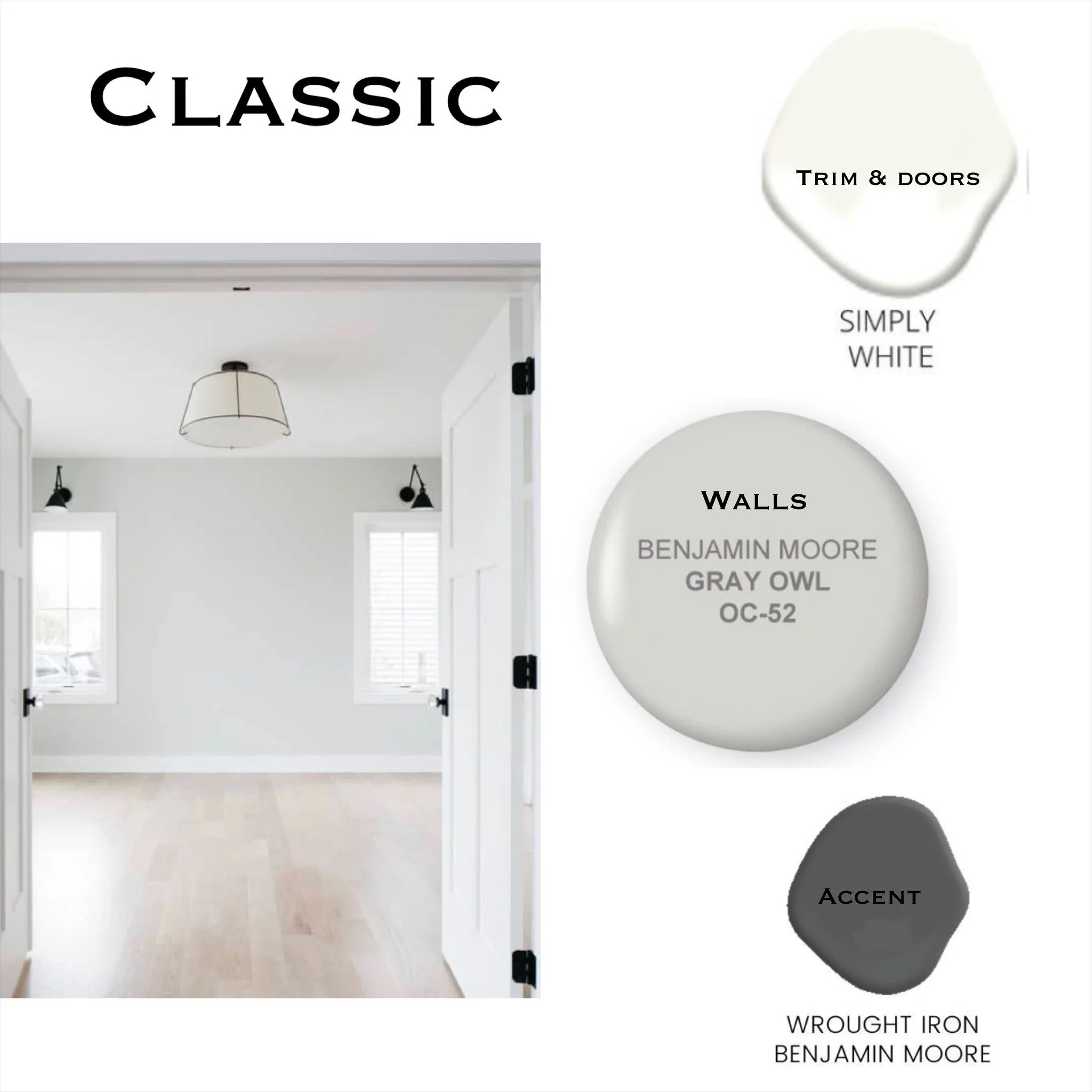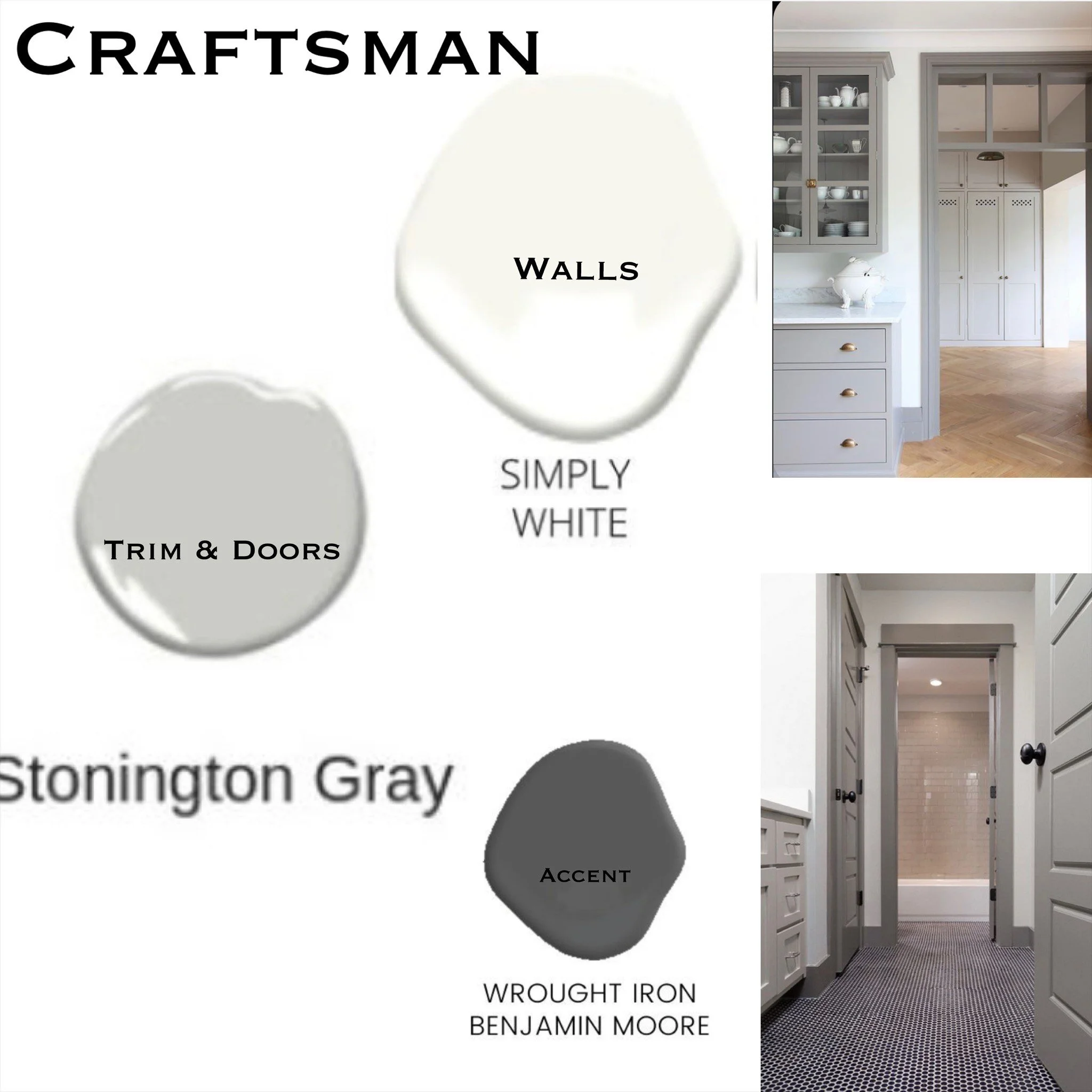How to Put Together a Mood Board for Any Space
- Moodboards by Mila Main of Main Construction and Design
Designing a space can sometimes feel like a daunting project, especially when you know each piece you bring in will have an effect on all the other design elements around it. It can make it hard to know where to start and how to make a room feel intentional and cohesive.
That’s where creating a mood board comes in, and it’s a process that can help with design anxiety and decision fatigue.
1. Create a measured floorplan
First and foremost, it’s important to measure your space. You can’t design a room without understanding your limitations and creating a layout isn’t possible without accurate measurements. Once you have your room measurements, you can map out a floorplan for your space and move onto the next step.
2. Decide on a general layout
Here is where you want to choose what larger items you’re bringing into the room, which should be based on your lifestyle and how you intend to use the space.
Your layout can change as you move down the mood board process and choose what you bring into the room, but having a general idea of say, where a sofa will go, and a coffee table and accent chairs, helps you to visualize how you’ll use the space. You don’t need to actually choose which sofa you’re going to buy, just that you know some sort of sofa would work well here.
3. Pull together your inspiration
Whether you’re working digitally or spread out on the dining room table, now is the time to pull together all your inspiration and samples. To keep yourself from getting overwhelmed, organize them into piles like art, lighting, colours, tables. This will make checking off each design box a little easier down the road.
4. Decide on key pieces
It’s best to choose a few key pieces for a room and design around those, as you might find you really love that lamp, but it just doesn’t go with the larger elements of the room. In this step, things like paint colours and large design elements (like built-ins, furniture, art) should be chosen. Think of the things that will really stand out and anchor the room, or the items that will be most used in the space, and put them in the centre of your mood board.
5. Design around the main pieces
Now that you have your key pieces picked, pull in items from your inspiration piles and design around what works best for your floorplan (remember those measurements!), the use of the space, and those key pieces. Here is where you get to spend time swapping things in and out until you have a board in front of you that feels authentic to you and your lifestyle.
And that’s it! Hopefully, this process will help you next time you’re tackling a space and not quite sure where to begin.
Find Your Design Style: Take the Quiz!
Are you a Modern Farmhouse, a Traditional, or Coastal? Get to know your interior design style, and make tackling those design projects a little easier, with our quiz.





